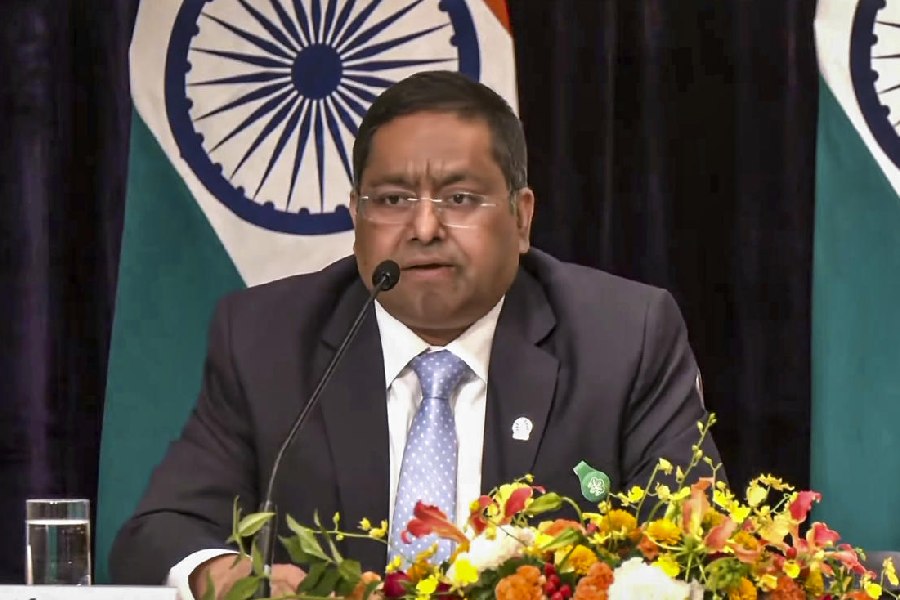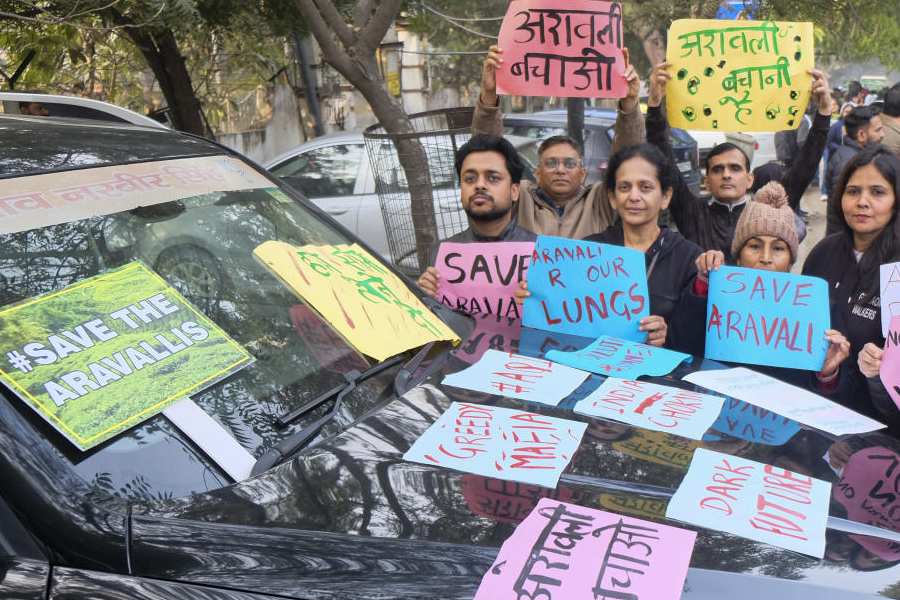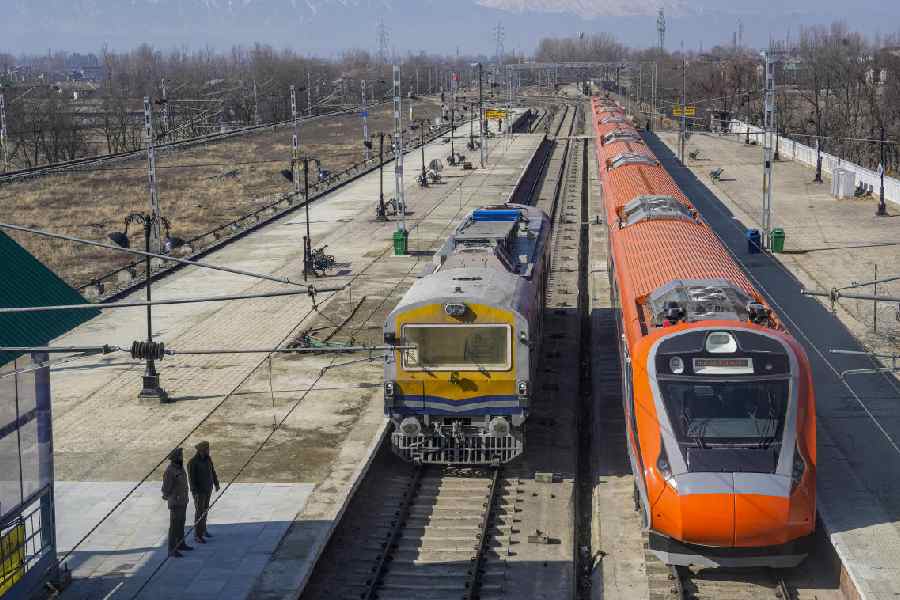 |
| An aerial view of Patna. Picture by Nagendra Kumar Singh |
Patna, Sept. 5: Private players may play a major part in implementation of the proposed Master Plan for Patna Metropolitan Region, 2031.
Sources in the state government said the implementation of the plan would involve certain universally accepted urban development practices like town planning schemes (TPS) and amalgamation of plots in segregated manner. These would increase the role of private players in the proposed plan.
TPS is an area planning technique patterned on the concept of land re-adjustment. For this, the state government is not required to acquire land on its own for developing infrastructure. The landowners themselves are made stakeholders. The new areas for growth to be opened up for development are clearly marked and divided into smaller areas. These are termed TPS. It usually involves 100 to 250 landowners.
The plots are reorganised by making provision for roads, water supply, sewage and other public amenities. In this process, some parts of the plots may be acquired for providing such civic utilities. The landowners are also provided compensation in cash for the land utilised for development of infrastructure, which in turn raises the real estate prices in that area.
“TPS is a win-win situation for the government and landowners, as the authorities do not require to acquire land for developing infrastructure. This is done by private contractors with the co-operation of the landowners, who also get good prices for their plots after the planned development. Although such a model of development has been successfully implemented in several western countries and states like Gujarat and Maharashtra, here in Patna it depends whether TPS would be mandatory or optional for landowners. Moreover, TPS is most feasible for those parts of Patna which are at present in developing stages,” said Sachin Chandra, president of Patna chapter of Builders’ Association of India.
The master plan for Patna may also include another commonly accepted practice of micro-level urban development known as amalgamation of plots. Under this, a few plots are amalgamated to form one unit, in the form of multi-storied buildings. Such practice is most suitable for the old areas of Patna, which are very congested and have narrow lanes. For instance, if 10 housing units are constructed in haphazard manner in a closed area, then upon the agreement of all plot owners, the entire area may be developed in multi-storied building by demolishing the old houses. The plot owners may be given flats according to the size of their plots.
Sources said amalgamation of plots would also increase role of private builders in development of the state capital. “Builders in the state are very positive about the development of Patna in such planned manner. It is beneficial for builders as well as for the residents. Builders are also eager to contribute to the best of their abilities to the planned development of the city,” said Nanhey Kumar, chairman of the urban development sub-committee of Bihar Chamber of Commerce.
Sources said even global investors were eyeing the field of urban sector development projects in the state. Representatives of Mumbai-based Motilal Oswal Securities Limited and other investors met the officials of the state urban development department on August 26 this year to discuss investment opportunities in the state.










